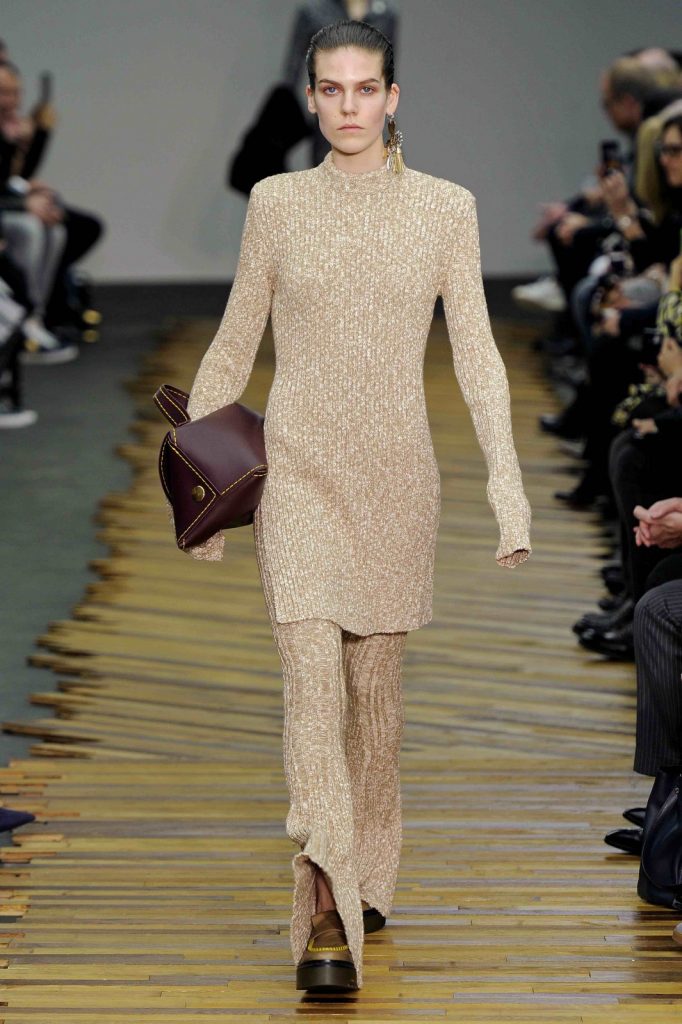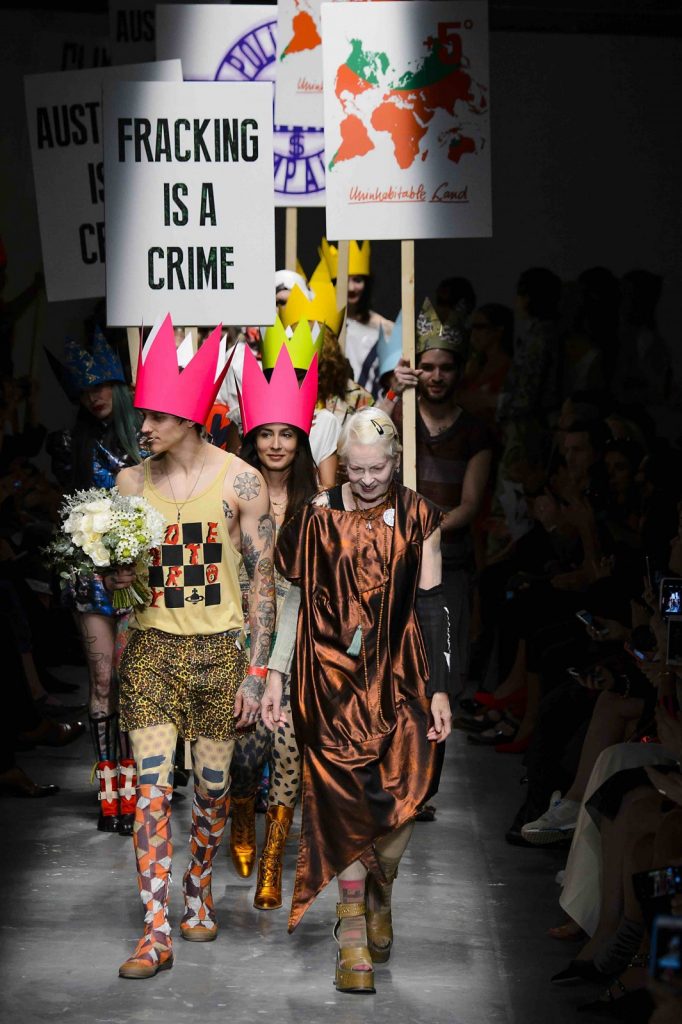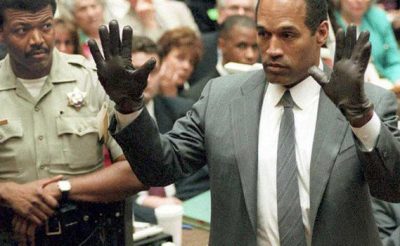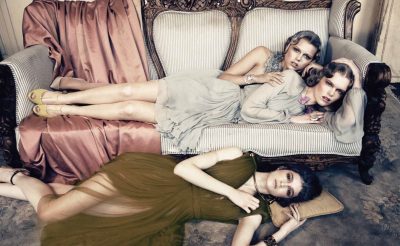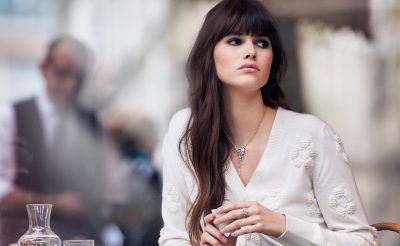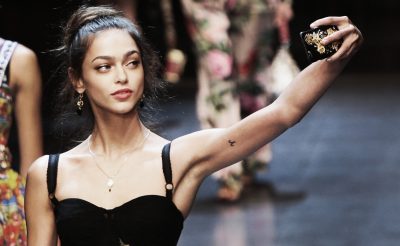In May, Chanel became the first luxury fashion house to hold a runway show in Havana, Cuba. Of course, controversy swirled. Karl Lagerfeld had never even visited the communist island until days before the event, and the label flew 700 guests to the mesmeric locale for a weekend-long sumptuous soiree to celebrate its cruise 2016/2017 collection, despite admitting that Chanel had “zero business” there. At the time, the average local wage was a mere USD 25 a month; and yet, palm frond-printed fedoras and sherbet-stained vintage convertibles swarmed the tree-lined Paseo del Prado, while sun-faded pastel mansions hosted an elaborate display of abundance and affluence.
Critics were quick to argue that Lagerfeld’s romanticised crash course in a country that has been devastated by rebellion and revolution was misleading, not to mention insensitive. The collection may have been infused with Cuban colour and style (think pearl-clustered slides and fuchsia-meets-turquoise sequined ensembles), but it’s not even available for purchase on the Caribbean island. The excessive extravaganza did, however, serve in focusing the world’s attention, if only for a moment, on the previously cloistered nation, and by doing so silently celebrated the country’s decision to open up its diplomatic and commercial relations.
Over the past year, the fashion industry has become a visually stunning melting pot for people on opposite sides of the political spectrum. Human rights and healthcare legislation have taken over our wardrobes, and clothes have become an effective campaigning tool that helps wearers peacefully express their views. While fashion has long been an impactful force for social change, a worldwide increase in the number of women holding government positions may explain the recent surge in protest fashion. “Fashion is still generally considered an inherently ‘feminine’ area and interest, and as a result, it tends to be trivialised and taken less seriously,” explains Dr Hazel Clark, who teaches at the Parsons School of Design in New York.
Dr Jane Tynan, a lecturer at Central Saint Martins in London, specialises in the politics of design and visual culture, and she agrees with Dr Clark. “Often, fashion and politics do not mix,” she tells MOJEH, “particularly with fashion’s reputation for appropriating a particular aesthetic without much sensitivity to its original meaning or context.” Historically speaking, brevity and ambiguity have prevented fashion from achieving significant and coherent political change, despite the industry’s success in bringing about societal advancements. “It is often a matter of style over substance,” adds Dr Tynan. “If fashion is widely thought to be simply entertainment, then it can easily be dismissed as trivial.”
Nonetheless, from the moment Beyoncé strode onto the field for the Super Bowl 50 halftime show, flanked by a devastatingly beautiful army of backup dancers in costumes that paid homage to the Black Panthers (a revolutionary African-American organisation formed in California in 1966 to combat white oppression), industry giants began to brainstorm garments that would leave a longstanding mark on society. The year 2016 was already set to be a fast-paced and politically charged hotbed, brimming with consecutive appearances and blood-boiling briefings. The world anticipated significant international change (whether that change was positive or not was yet to be decided), and the fashion industry was going to take advantage.
After all, government influence is no longer limited to the bluestocking elite. Once upon a time, the concept of dressing politically would conjure comical images of the flamboyant French court’s sartorial obsessions, such as Louis XIV’s insistence that his courtiers wear red-heeled shoes and Marie Antoinette’s piled-high, ribbon-bridled hairstyle – the pouf. Unlike today, these crusaders were not revolutionaries, but wealthy royalists. Their ensembles were worn in support of the ruling aristocrats, rather than a statement against the status quo. Today, just as punk’s origins are impenetrably tangled in ideologies that emerged from conflict and conjecture, protest fashion has taken on a far more anarchic and enigmatic aesthetic.
“Zoot suits were worn by African-American and Latino youth in the US in the 1940s, in defiance of mainstream society,” muses Dr Tynan. “And in the 1960s, hair became symbolic of black women’s struggle for equality. Social movements encouraged African-American women to give up hair straightening and embrace natural hair as a political statement. Through fashion, women reclaimed their right to challenge norms of beauty and assert ownership over their own bodies.” Expressive social commentaries and political rhetoric within modern collections are often subtler, she reveals. “The dark theatricality of Alexander McQueen’s beautiful visions and the punk fashion of Jean Paul Gaultier,” for example, “have both given fashion a political edge.”
In particular, pared-back simplicity has dominated collections from Donatella Versace to Phoebe Philo at Céline, and has frequently been interpreted as feminist – whether intentional or not. Challenging contemporary fashion and ideals of femininity in an attempt to achieve gender equality has long been practiced, says Dr Clark. “Women have used fashion as part of a process of emancipation,” she explains, “by wearing less bulky and restricting clothing, including trousers.” New York native and women’s rights advocate Amelia Bloomer introduced women to the phenomenon of trousers in the mid-19th Century. She promoted a style of clothing then known as ‘Turkish Dress’, which was inspired by the less restrictive and more comfortable harem pants of the Muslim Ottoman Empire. The garment quickly became known as a bloomer and, as Dr Clark explains, enabled “greater freedom of movement, playing sports, and riding bicycles”.
Another notable designer who used the industry as a platform to incite social reform was Katharine Hamnett, says Dr Tynan, whose infamous T-shirts “carried slogans that drew attention to various political issues of the day, including suicide, HIV and war”. The widely-circulated photograph of Hamnett meeting then-Prime Minister Margaret Thatcher in 1984 wearing an oversized top declaring “58% DON’T WANT PERSHING” (in reference to America’s controversial Pershing II guided missile being deployed in West Germany) shocked readers worldwide. She was soon awarded designer of the year by the British Fashion Council, as well as menswear designer of the year from the Bath Costume Museum.
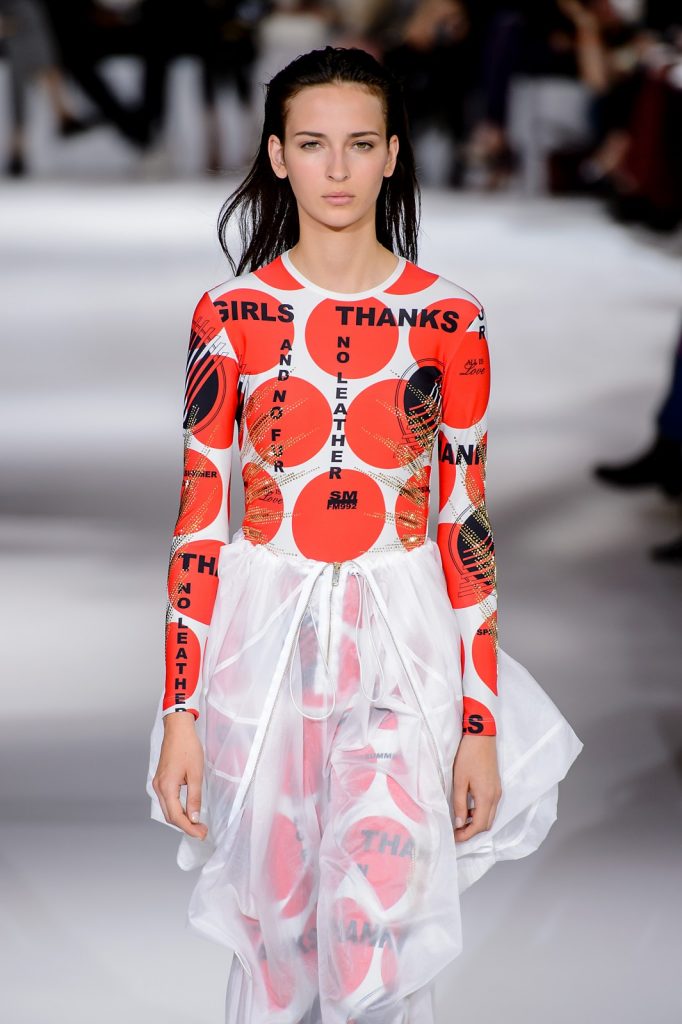
Spring/Summer17: Stella McCartney’s models walked the runway in statement jumpers that declared, ‘No Fur, No Leather’.
Whether you agree with what you see or not, in a world of white noise and contradictory media reports, clothes are a universally shared language. In June, British designers publicly declared their anti-‘Brexit’ stance, with one designer, Daniel W Fletcher, recruiting a group of friends to stage a demonstration outside London Collections Men. Meanwhile, standing onstage at the Democratic National Convention, Hillary Clinton made history as the first woman to be a major party nominee for president. Her carefully chosen white Ralph Lauren pantsuit was an irrefutable nod to the suffragette movement in 1913, which adopted white as one of their signature colours. And, in July, several Women’s National Basketball Association (WNBA) teams swapped their usual warm-ups for black shirts emblazoned with the slogans #BlackLivesMatter and #Dallas5 in remembrance of two men shot by police and the five Dallas police officers who were killed in an attack earlier that month.
Nonetheless, while fashion can benefit and stimulate society, social and political impacts differ significantly. “We might consider the way that clothes have attempted to bring social control or uniformity,” muses Dr Clark, “for example, in China, during the mid-20th Century and the Cultural Revolution in particular.” She’s quick to note, however, that there’s a difference between fashion and clothing. The former allows self-expression, while the latter can be imposed on a passive or unwilling population. Last year, France’s ban on the burkini, a swimsuit that covers the women’s body except for her face, made headlines around the world. In April, Laurence Rossignol, the French minister for women’s rights, scolded designers for catering to the Muslim market by offering burkinis and high-fashion hijabs, and accused them of “promoting women’s bodies being locked up”.
The full-body swimwear embodied a secular country’s unease over homegrown Islamist terrorism, but also became a focal point in the debate over whether freedom includes the choice to wear whatever you want. Islamic women immediately demanded they be given equal respect and treatment when it came of their clothing choices. Fencer Ibtihaj Muhammad became the first American Olympian to compete while wearing a hijab, while designer Anniesa Hasibuan gained global attention at New York Fashion Week with a decadent silk-smothered, bejewelled collection that was worn by models donning headscarves.
The last year has been a smorgasbord of sociological revolution and political summons, and it’ll forever be embedded in the framework of our social history. The fabric of cultural activism has long intersected with this industry, and 2016 (more so than any other year) has toyed with the thin line that ultimately makes or breaks a public opinion when it comes to politics. The industry has made enormous contributions to philanthropic causes, particularly through the hard work of projects like Gucci’s Chime For Change and Michael Kors with God’s Love We Deliver. So much has changed, will continue to change, and while we’re most likely ill-informed and ill-prepared for what’s yet to come, perhaps that’s why it’s more important that we have a creative platform to protest and protect now than ever before.
